
Published: Last Updated:
Readtime: 10 min
Every product is carefully selected by our editors and experts. If you buy from a link, we may earn a commission. Learn more. For more information on how we test products, click here.
- Foldable screens are a hot new technology that is slowly making its way to flagship phones
- While most people probably only need a ‘regular’ phone, a flip or foldable phone comes with its own advantages
- Here, we list out our favourite foldable phones on the market today
Foldable screens are simultaneously a very exciting new technology in the consumer tech space, and something that most people aren’t particularly interested in. The tech involved is certainly maturing, but it hasn’t quite lit the world on fire in a way that I think many phone manufacturers were hoping it would – rather, it’s become an expensive side-step for customers that want a more exciting upgrade for their next phone purchase than just getting the bigger, more powerful variant of their favourite device.
Still, that doesn’t mean there aren’t good foldable phones out there.
In fact, not only is the category getting better every year, but there are already quite a few solid foldables on the market from big name tech brands. While Apple still hasn’t stepped into the foldable space, essentially every other tech brand has. So, why would you buy a foldable?
Well, if you’re going for a phablet-style foldable, you get a bigger screen. I know that sounds obvious, but it is undeniably the biggest reason you’d pick up a foldable phone ahead of a more ‘regular’ smartphone. A bigger screen does make a lot of things easier or better (drawing, writing, reading, playing games, etc), but also invariably makes the device a bit more unwieldy in everyday life.
Parallel to the ‘phablet’ foldables are ‘clamshell’ foldables, which are typically called flip-phones and actually go in the other direction: rather than giving you access to a bigger screen, they’re giving you access to a regular phone that can be folded down into a smaller size, making it more portable without giving up screen size. Most clamshell phones also feature a smaller ‘cover’ display for use when the phone is shut, which effectively acts to show important notifications and such, but aren’t really meant to be used for… anything else, really.
As with our guide to the best Android phones, as well as the best iPhones, we’ll focus here on just the best you can pick up today.
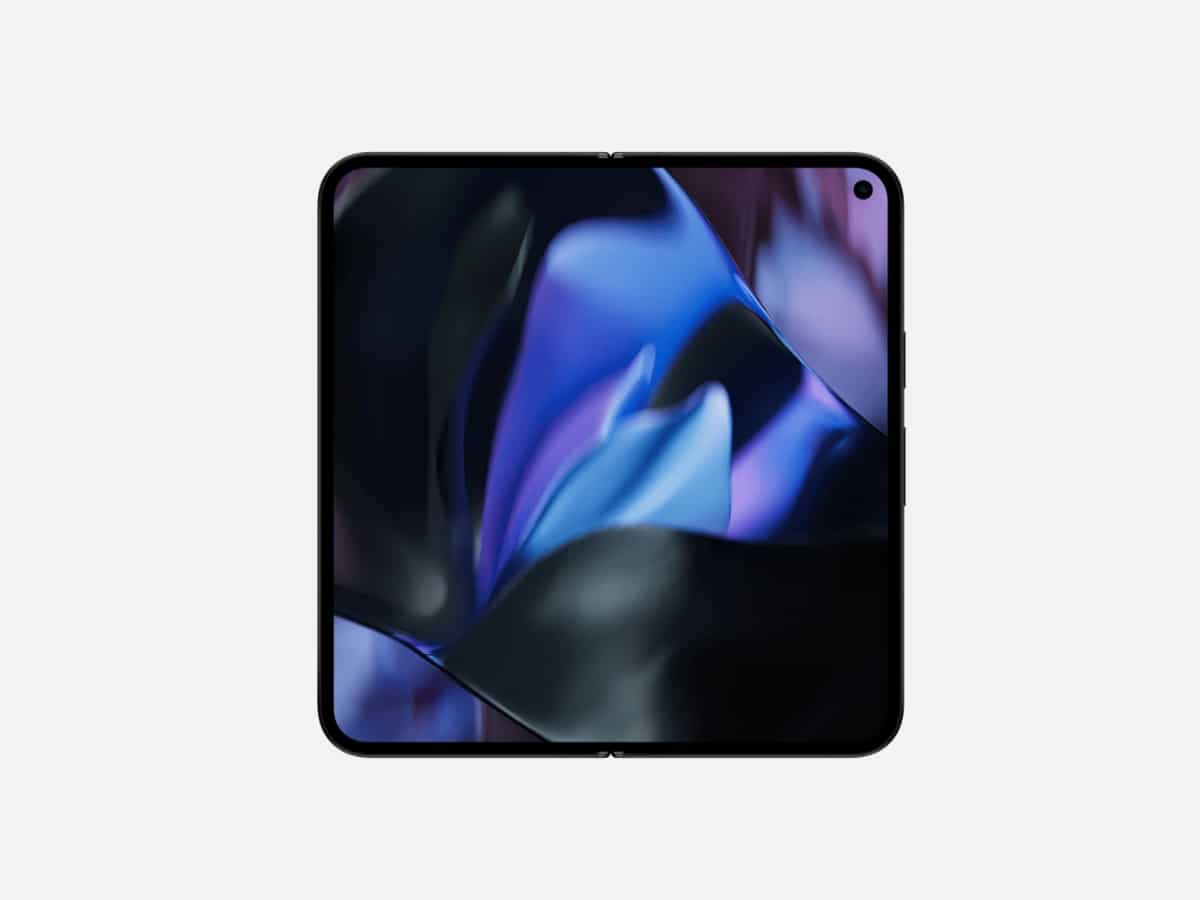
1. Google Pixel 9 Pro Fold
| Price | From AUD$2,699 |
| Display | Cover display: 6.3” OLED display 120Hz refresh rate 2424 x 1080 resolution Gorilla Glass Victus 2 Foldable display: 8” foldable OLED display 120Hz refresh rate 2152 x 2076 resolution |
| Operating System | Android 14, 15 |
| Internals | – Processor: Google Tensor G4 – RAM: 16GB – Storage: 256GB, 512GB |
| Networking | – 5G – Wi-Fi 7 – Bluetooth 5.3 – NFC Compatible |
| Camera | Front: 10MP wide Rear: 48MP wide, 10.8MP telephoto, 10.5MP ultrawide Can shoot video up to 4K@60fps, 1080p@240fps |
| Battery | 4,650mAh |
| Other Features | – Single USB 3.2 Type-C port – Fingerprint sensor on side – Google Gemini AI – IPX8 water resistance |
Certainly the biggest phone Google’s ever made, the Pixel 9 Pro Fold is a fantastic showing of what a foldable display can bring to an otherwise fantastic phone lineup. It has all the same internals as the Pixel 9 and Pixel 9 Pro, which are already among the best on the market, but with the addition of a massive 8” foldout screen, the Pixel 9 Pro Fold turns a smartphone into a tablet at the drop of a hat.
In fact, the phone starts switching into a more tablet-like variant of Android when the screen is unfolded, which works well to help the Fold ride the line between use-cases. If you’ve used an Android tablet, you’ll feel at home very quickly on the Pixel 9 Pro Fold.
The 1:1 aspect ratio of the 8” screen isn’t exactly ideal when watching most video content (most videos will end up with massive black bars on top and bottom), but the fact that it’s a 120Hz OLED panel certainly helps things pop. You’d probably think the massive screen would cause battery life to take a hit, but the display will drop its refresh rate down to 1Hz when nothing is moving, which cuts a lot of the power usage out of the equation, and it’ll rev back up to 120Hz when necessary.
Obviously, the size of the screen has the potential to change the way you interact with the device – it’s arguably best when being used as a media device (either watching high-res videos on YouTube, or playing some mobile games on a nice big screen), but it also becomes a decent little laptop replacement when using a bluetooth mouse and keyboard.
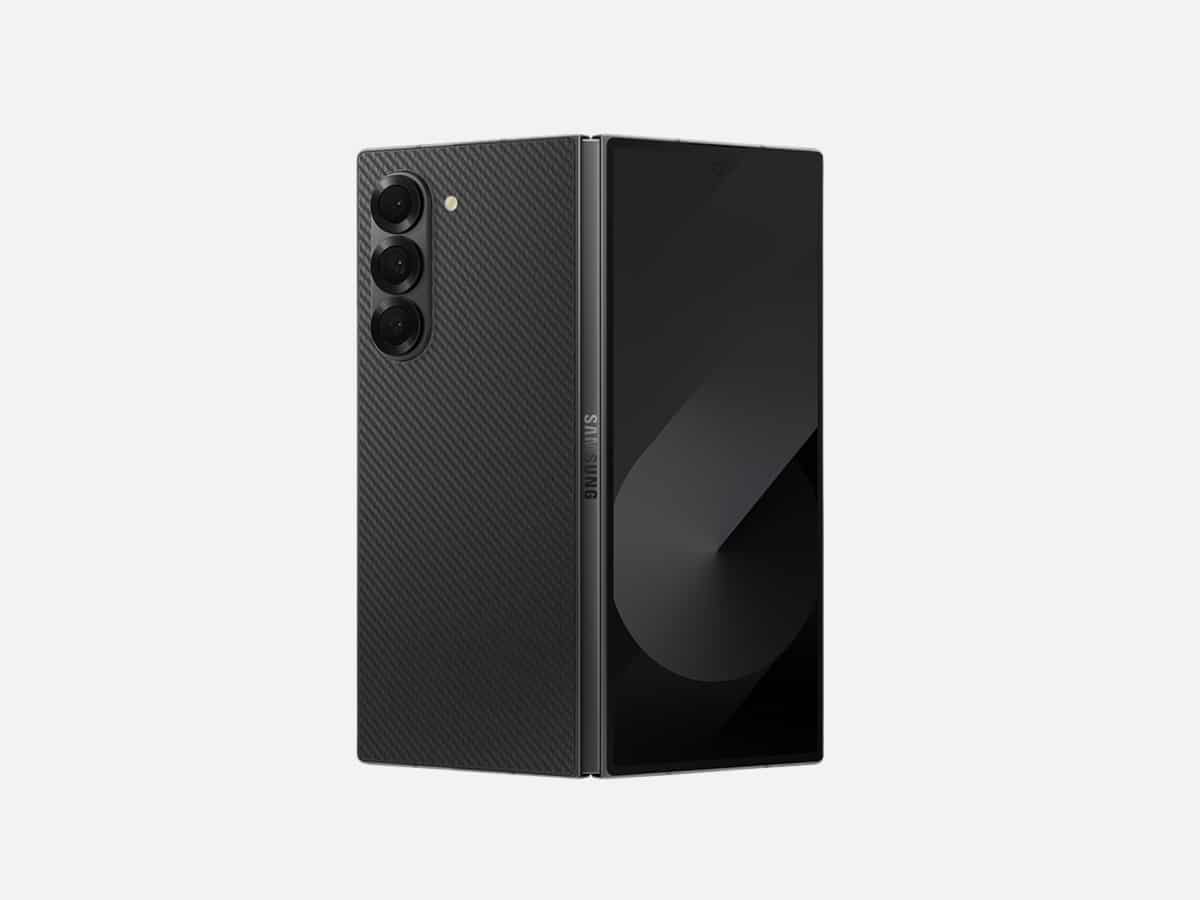
2. Samsung Galaxy Fold6
| Price | From AUD$2,399 |
| Display | Cover display: 6.3” AMOLED display 120Hz refresh rate 2376 x 968 resolution Gorilla Glass Victus 2 Foldable display: 7.6” foldable AMOLED display 120Hz refresh rate 2160 x 1856 resolution |
| Operating System | Android 14, 15, OneUI |
| Internals | – Processor: Qualcomm SM8650-AC Snapdragon 8 Gen 3 – RAM: 12GB – Storage: 256GB, 512GB, 1TB |
| Networking | – 5G – Wi-Fi 6e – Bluetooth 5.3 – NFC Compatible |
| Camera | Front: 4MP wide, 10MP wide Rear: 50MP wide, 10MP telephoto, 12MP ultrawide Can shoot video up to 8K@30fps, 4K@60fps, 1080p@240fps, 720p@960fps |
| Battery | 4,400mAh |
| Other Features | – Single USB 3.2 Type-C port – Fingerprint sensor on side – Samsung DeX – Samsung’s Galaxy AI – IPX48 dust and water resistance |
If you prefer Samsung’s ecosystem or design language to Google’s, you’ll be glad to know that the Galaxy Fold6 is, in fact, a fantastic foldable.
The 7.6” screen is vibrant and beautiful, and the fact that the Fold6 comes with a built-in stylus makes more sense here than it has in any other Samsung device. It actually does make a big different being able to write, draw, and tap away on the bigger screen using a stylus, compared to fat fingering it, and it goes some way in making it using such a big screen more usable.
Samsung has gone out of its way to make multi-tasking on the Fold6 as good as it can be, and it shows. You can have up to four apps open at once, snapped to the four corners of the screen, and each can be used independently of the others: far better than the Pixel Pro 9 Fold’s multitasking, which only allows for two apps to be open at once. Using four apps at once might seem a bit much, but the Fold6 works well as a light work device, and being able to have multiple tabs open makes that just a touch easier.
If you know anything about Samsung, you’ll know its cameras are often top of the line, and, while the cameras here are fantastic they’re also not improved over the Fold5.
Battery life is the one big concern for the Fold6: the device has a slightly smaller battery than it’s Google-born rival, and the device charges slowly: it’ll take about an hour and a half to charge to full, which won’t matter if you’re charging overnight, but if you’re caught out without juice it’s going to be a rough time.
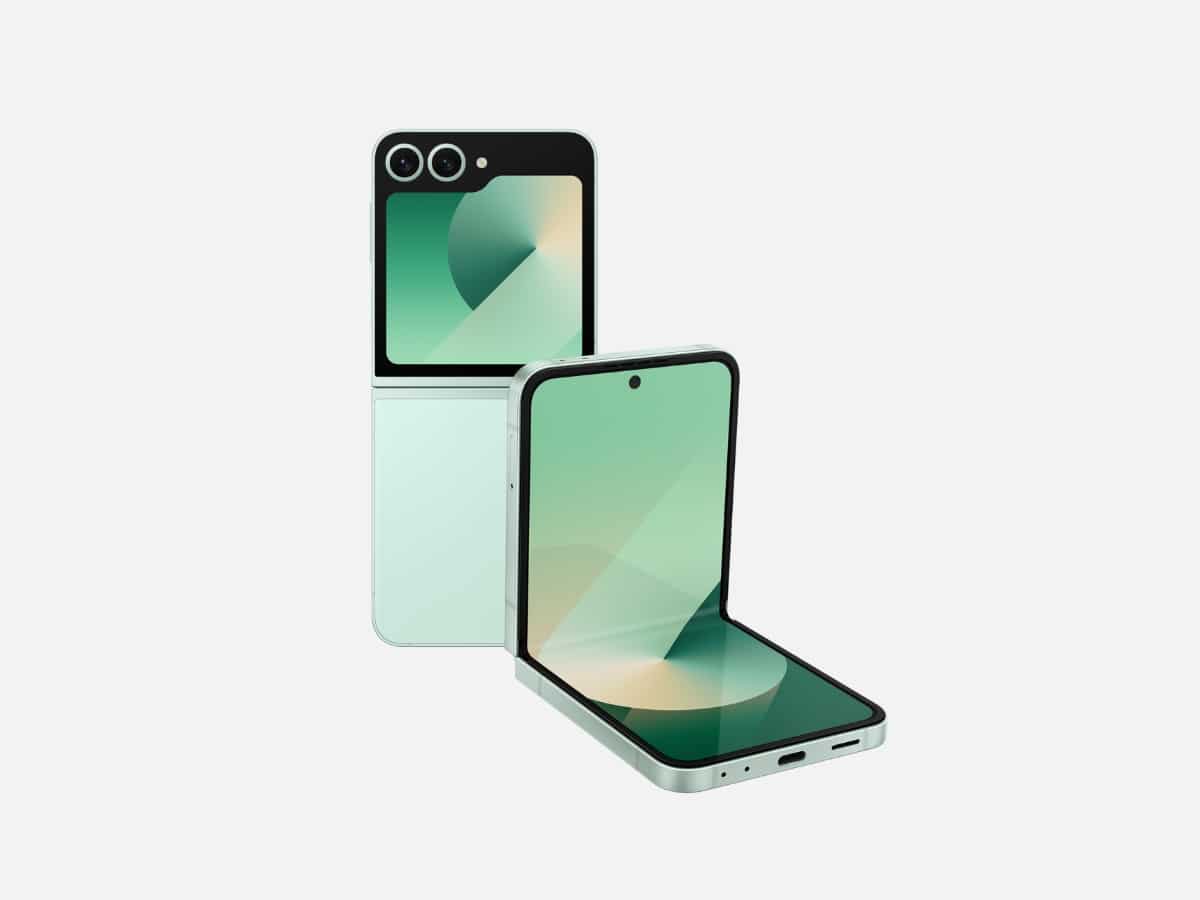
3. Samsung Galaxy Z Flip6
| Price | From AUD$1,549 |
| Display | Cover display: 3.4” AMOLED display 60Hz refresh rate 748 x 720 resolution Gorilla Glass Victus 2 Foldable display: 6.7” AMOLED display 120Hz refresh rate 2640 x 1080 resolution |
| Operating System | Android 14, 15, OneUI |
| Internals | – Processor: Qualcomm SM8650-AC Snapdragon 8 Gen 3 – RAM: 12GB – Storage: 128GB, 256GB, 512GB |
| Networking | – 5G – Wi-Fi 6e – Bluetooth 5.3 – NFC Compatible |
| Camera | Front: 10MP wide Rear: 50MP wide, 12MP ultrawide Can shoot video up to 4K@60fps, 1080p@240fps, 720p@960fps |
| Battery | 4,000mAh |
| Other Features | – Single USB 3.2 Type-C port – Fingerprint sensor on side – Samsung DeX – Samsung’s Galaxy AI – IPX48 dust and water resistance |
If you too miss the good-ol’ days of flip phones, fear not – they’re back, in smartphone form. While there are quite a few great flip-style foldable phones (also known as clamshells) out there today, we’re a fan of Samsung’s offering here as well.
While the 6.7” screen at first feels like it’d be massive in a more ‘traditionally’ sized phone, the Flip6’s screen is actually very narrow and tall, with a thin 22:9 aspect ratio that is usually more at home on an ultra-wide monitor. That narrowness can make viewing media a bit awkward, but there is actually quite a lot of ‘ultrawide’ compatible videos and such out there on the web so if you’re selective you can make the 22:9 aspect ratio work in your benefit.
The Flip6 also has the same powerful Snapdragon chip inside as the rest of 2024’s Galaxy lineup, which makes it feel snappy and powerful despite the fact that it can be folded down into a smaller, more portable form factor.
If you’re looking at a clamshell foldable, we’re going to assume that the portability is a selling point: here, it folds down to approximately 85 x 72 x 15mm, making it easily pocketable, though it might get lost in your bag.
The 4 Questions to Ask Before Picking up a New Phone
Now that all the options are on the table, let’s think about what which one you actually need.
Do you want something high-powered that can play the latest games, access the newest developments and essentially function as a hand-held computer? Or, do you need something small and lightweight that won’t break the bank, largely just for the communication?
Getting to the bottom of what you actually intend for your purchase is an important step in making sure you don’t pick up the wrong phone and end up disappointed. In our opinion, there are four thing you really need to think through ahead of any major tech purchase.
- What’s the use case? Picking something up that you’re expecting to only use a few times a day to send messages or answer phones calls is a totally different use case to someone planning on planning, shooting, and editing social content all on a mobile device.
- How much are you willing to spend? As will all things your budget will be the main dictator of what you’re able to get your hands on, but a solid phone is a strong investment: you literally carry it everywhere, so dropping a few thousand on ensuring you get your money’s worth might be worth it.
- How big are you willing to go? Smartphones are getting bigger, despite the fact that our hands aren’t. You have a bit of choice in how big a device you get. Typically, the bigger the screen, the more expensive and powerful the device is.
- Do you need to upgrade yet? Honestly, planned obsolesce aside, any flagship phone from the past few years is still likely to run smooth, and be powerful enough to handle day-to-day operation. If your phone is starting to run slow, consider a battery replacement rather than picking up an entirely new phone. There’s enough tech waste in the world already, don’t unnecessarily add to it because something new and shiny caught your eye.
With those questions answered, you’ll be in a far better place to know what you actually need from your phone and, hopefully, these recommendations can be a bit more impactful.






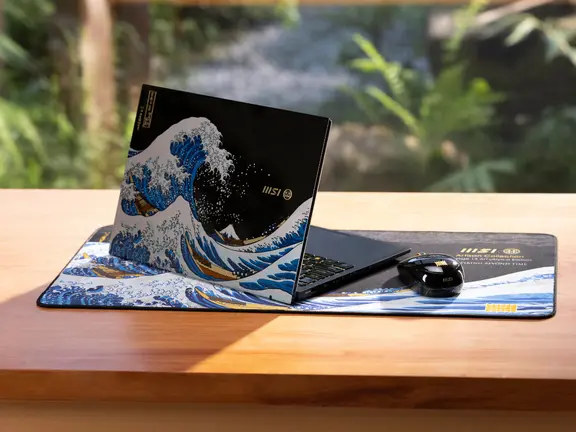

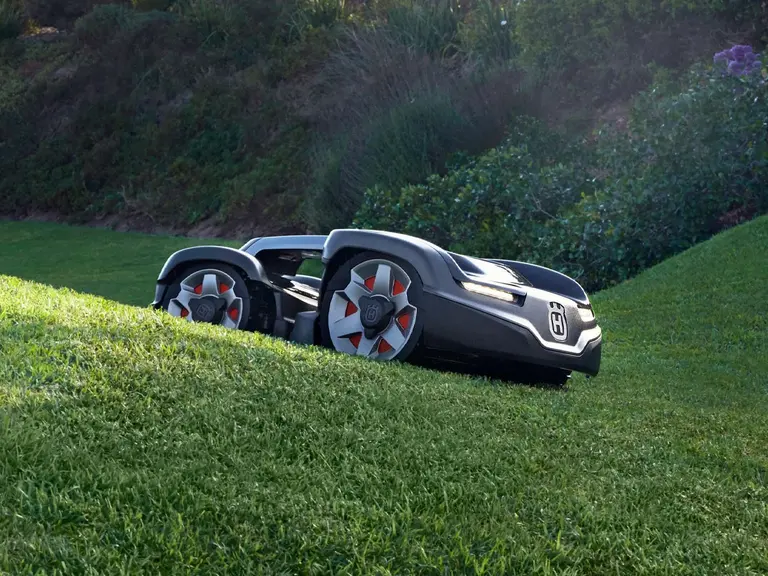


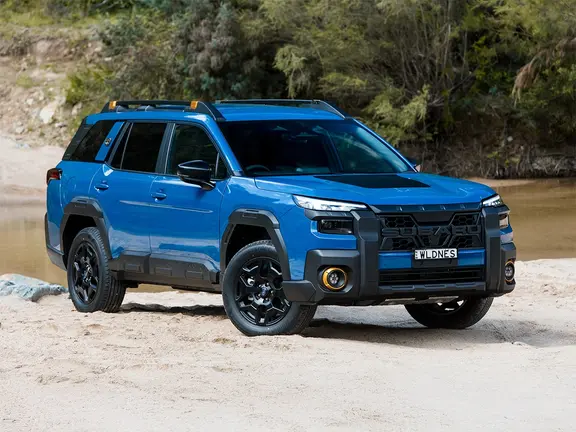


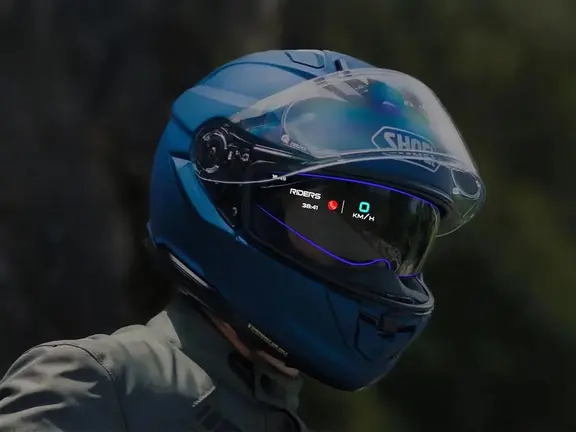




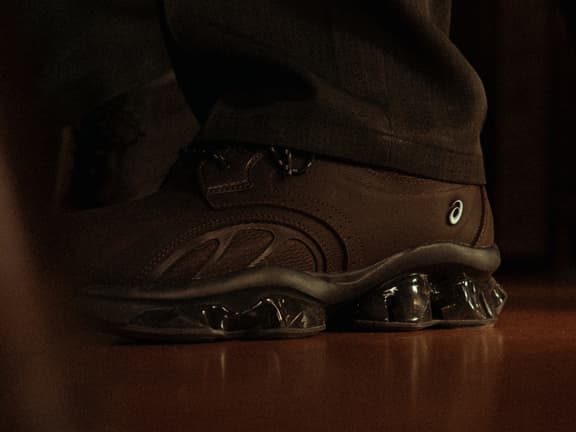











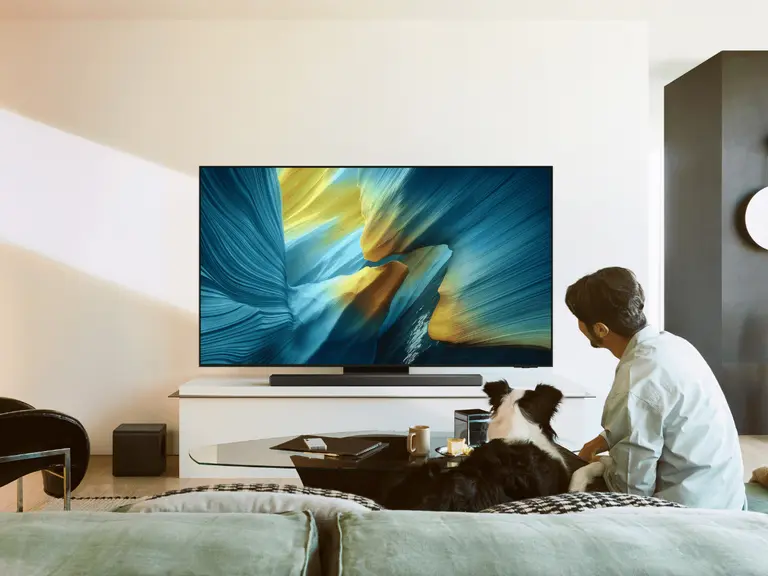


Comments
We love hearing from you. or to leave a comment.